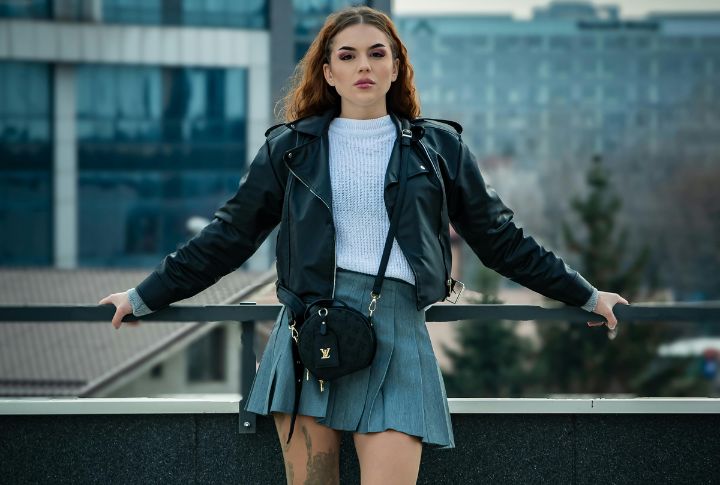
You might think style is all about what meets the eye, but the real magic lies in what you don’t see. From unseen tailoring tricks to design choices that influence how we feel in our clothes, fashion’s quiet details shape everything we wear. Let’s unpack the hidden forces behind everyday style and find out why those subtle touches matter more than you think.
Locker Loop
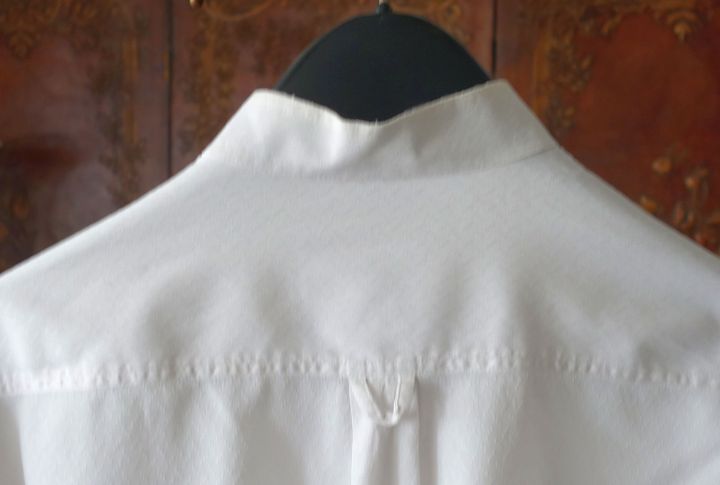
The locker loop, a small fabric ring on the back of shirts, originated with sailors who used it to hang garments in ship lockers. In the 1950s, Gant popularized it in Ivy League fashion, and students would even remove the loop to signal they were in a relationship, making it a subtle status cue.
Box Pleat
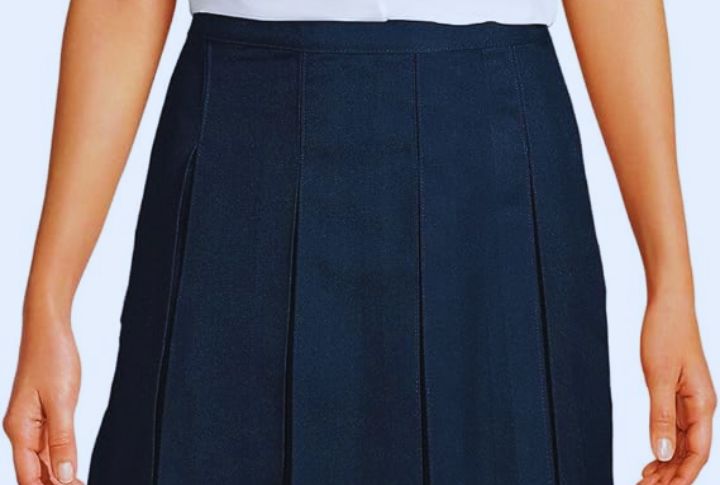
Those wide folds on your shirt or skirt aren’t just for looks. The box pleat—two folds facing away from each other—was first used to give more room for movement. It started in kilts centuries ago and improved into a stylish way to add volume and shape to modern clothes.
Knife Pleat
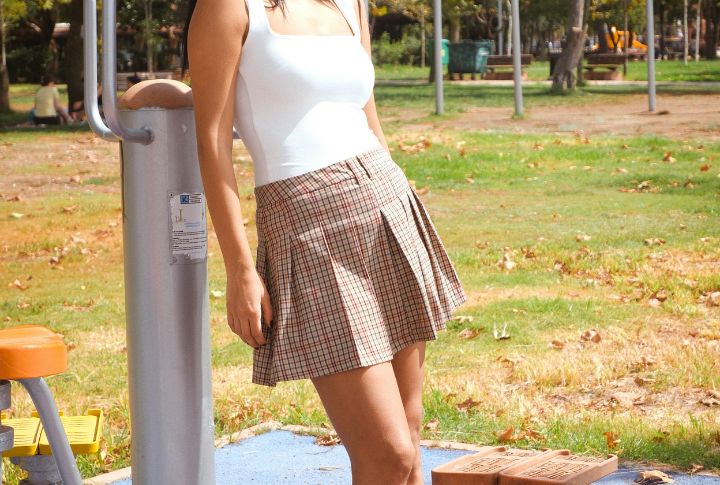
If your skirt or school uniform has neat, crisp folds all going in one direction, that’s a knife pleat. It’s a clean, structured design that makes fabric move beautifully, yet takes patience to make. Each pleat uses about three times more fabric than it looks like.
Gusset
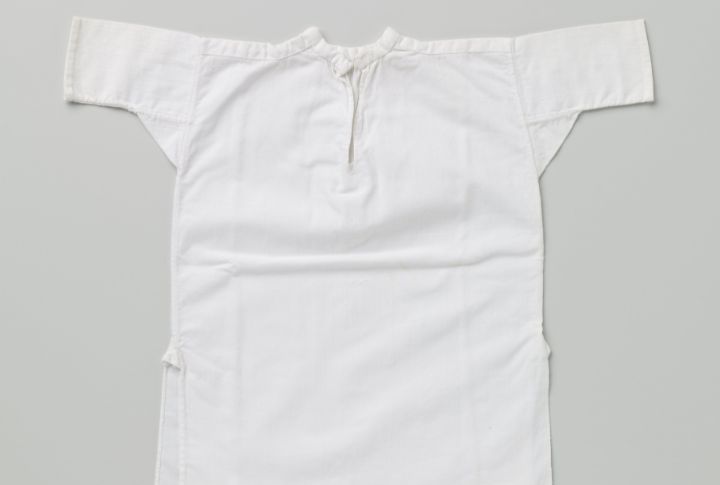
Hidden beneath seams lies one of clothing’s smartest features: the gusset. This triangular insert adds both strength and flexibility where fabric strains most (underarms, crotches, or knees). You might not see it, but you’ll definitely feel the difference when you bend or move with ease.
French Seam
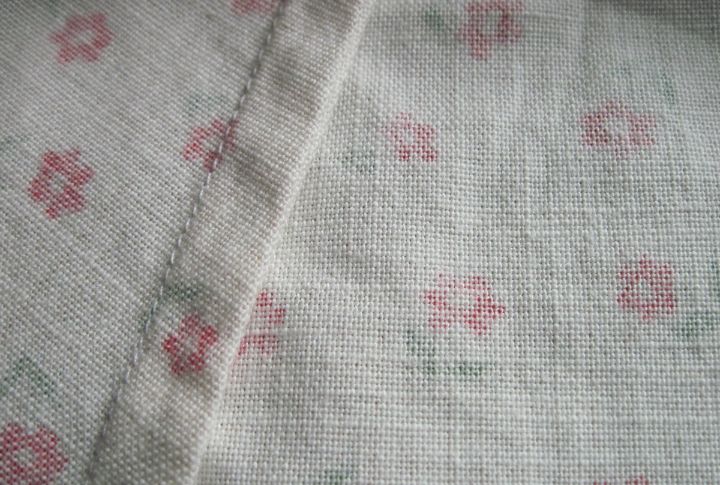
Sounds fancy, right? However, the French seam is just a clever way to hide fabric edges inside a double seam so they don’t fray. You’ll often find it in lingerie or sheer clothes, where clean finishing matters. It’s elegant and way tidier than it looks.
Bias Cut

If a dress hugs your body just right, it might be cut “on the bias.” That means the fabric was cut diagonally to let it drape naturally instead of stiffly. It’s tricky to sew but worth it. Madeleine Vionnet made it famous in the 1930s, and designers still love it today.
Hidden Placket
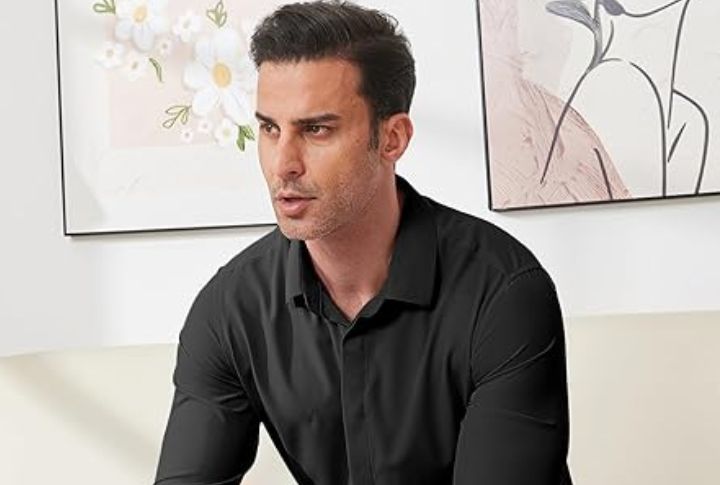
When you want clean lines without visual clutter, designers rely on the hidden placket. This clever feature tucks buttons beneath a narrow fold of fabric, creating an uninterrupted front. It’s the secret behind the tailored look found in contemporary, minimalist shirts and formalwear.
Side Vent

The slits on the back of a blazer or coat are more than decorative. Side vents let you move and sit comfortably without wrinkling your jacket. British tailors perfected them centuries ago, and now they’re standard in suits that need to look sharp while staying functional.
Reinforced Elbow Patch
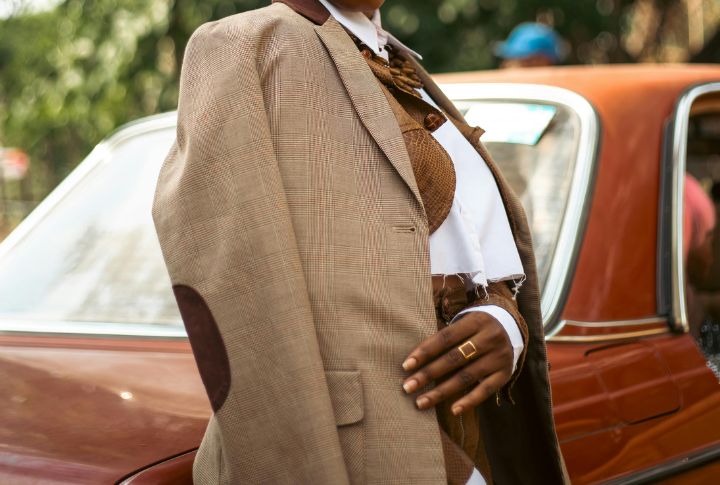
Those leather patches on sleeves used to stop holes from forming where elbows wore out, especially for professors and field workers. Over time, they turned into a smart style detail. Now they add charm and durability to sweaters and jackets alike.
Watch Pocket
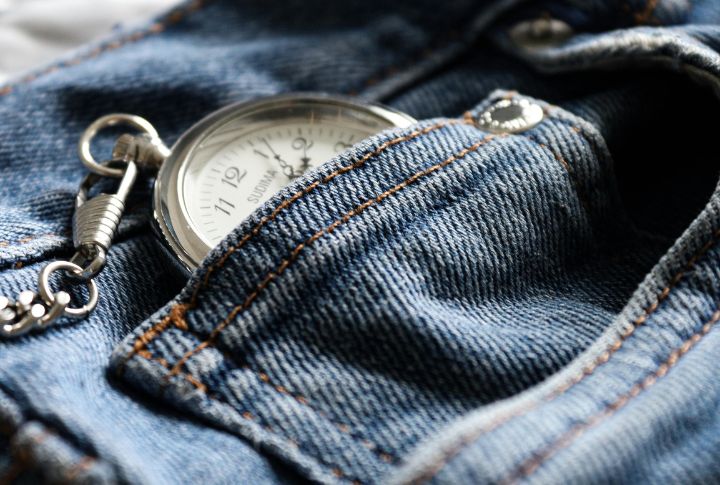
That tiny pocket tucked inside the front right pocket of jeans is a relic from the 1800s. Originally designed by Levi Strauss to hold pocket watches, this snug compartment kept timepieces safe from damage during labor. Though few carry watches there today, the feature remains a classic nod to denim’s rugged, utilitarian roots.

